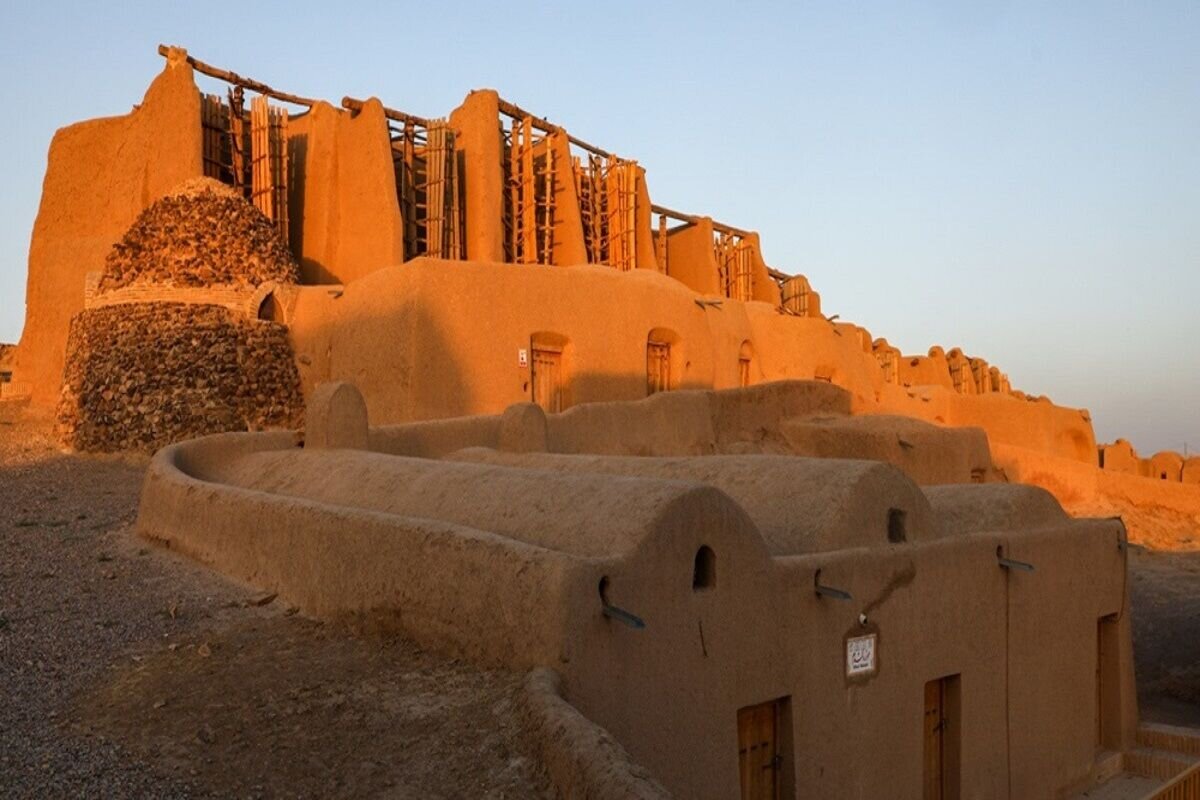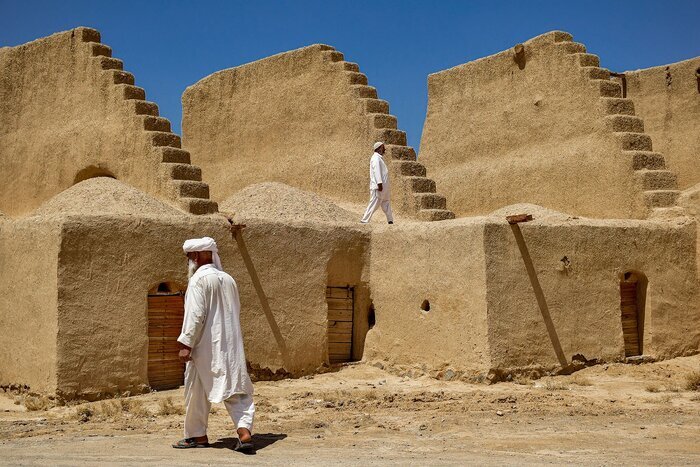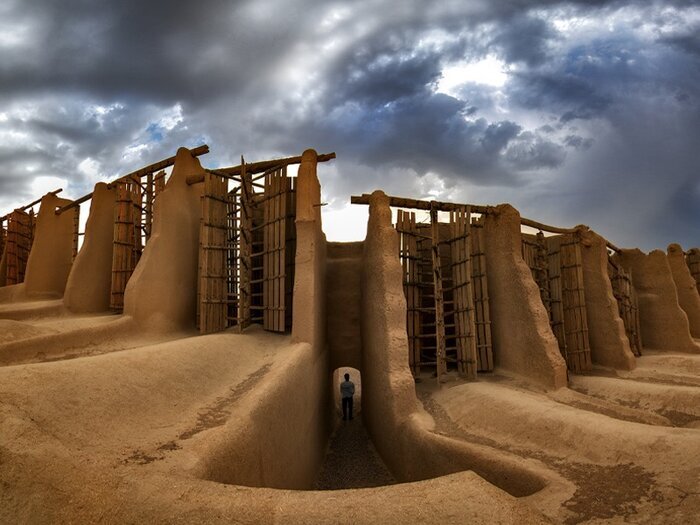Iran moves closer to UNESCO recognition of windmills

TEHRAN - Iran is making strides toward securing a possible UNESCO recognition for its centuries-old Asbads, traditional vertical-axis windmills used for grain grinding, as it works to complete a dossier for their inclusion on the World Heritage list.
These ancient windmills, which have played a crucial role in the lives of people in eastern Iran, particularly in South Khorasan, Khorasan Razavi, and Sistan-Baluchestan provinces, are being documented as part of a serial property registration effort.
South Khorasan, considered the birthplace and primary hub of these ingenious structures, is home to approximately 79% of Iran’s Asbads, IRNA reported on Wednesday.
These windmills, some of the earliest known human-engineered industrial devices, were designed to harness the strong, seasonal 120-day winds that sweep across the region.
While the Asbads were once a common sight in the broader region of Greater Khorasan, including today’s northeastern provinces, South Khorasan boasts the largest concentration, with over 310 windmills still standing, the report said.
Iran’s Asbads are unique in their vertical design, a significant departure from the horizontal-axis windmills seen in Europe.

Each structure typically consists of two parallel 10-meter walls, spaced about four meters apart. Large wooden blades are mounted on a vertical axis within the northern part of the structure, and as the wind turns the blades, the movement is transmitted via a central shaft to a grinding stone below, where grains like wheat are processed.
These Asbads were particularly vital in areas such as Nehbandan and Darmian, where the steady seasonal winds were crucial for grain production. As of today, the towns of Darmian and Nehbandan hold the highest number of Asbads. However, there are a considerable number of Asbads in Birjand, Sarbisheh, and Qaen.
Moreover, the historical city of Tabas-e Masina, known for its Parthian-era origins and fertile plains, alone houses 60 Asbads.
Given the dispersal of Iranian Asbads on a vast geographical area, the ongoing documentation efforts aimed to secure global recognition for these remarkable windmills, have turned into a time-consuming project.
Mohammad-Hassan Talebian, who oversees the UNESCO nomination dossier, noted the complexity of the process, given the extensive number of Asbads across the three provinces.
He described the preparation of the dossier as time-consuming, akin to creating a "serial property" file due to the widespread distribution of the windmills.
Talebian emphasized that the process is nearing completion, with experts focusing their efforts on ensuring the accurate documentation of each Asbad site. While the task has been daunting due to the sheer number of windmills, particularly in South Khorasan, Talebian expressed optimism that the dossier would soon be ready for submission to UNESCO, marking a significant step toward global recognition of these historical treasures.

Iran’s Asbads are not only a testament to the ingenuity of the past but also a symbol of the region’s cultural heritage and sustainable use of natural resources. The upcoming UNESCO submission will seek to preserve these windmills for future generations while showcasing their historical importance on the world stage.
Britannica says the earliest known references to windmills are to a Persian millwright in 644 CE and windmills in Seistan [Sistan], Iran, in 915 CE.
According to the UN cultural body, Robert Forbes, a technology historian, stresses the point that the Islamic era windmill was the invention of Iranian. He writes: "this invention which was initially an exclusive device for Iran and Afghanistan, turned into an important source of energy all over the Islamic territories in the 12th century, and not only it was used for the grinding of grains and operation of water pumps, but also the chopping of sugarcanes and other purposes.
Moreover, the UNESCO website says that such vertical-axis windmills were taken to China during the Mongol reign.
Furthermore, the know-how of windmills was taken to other Islamic territories and was used in Egypt as the main source for the chopping and grinding of sugarcanes. In the 11th century, windmills reached Spain, the Islands of the Aegean Sea, and Portugal.
AM
Leave a Comment